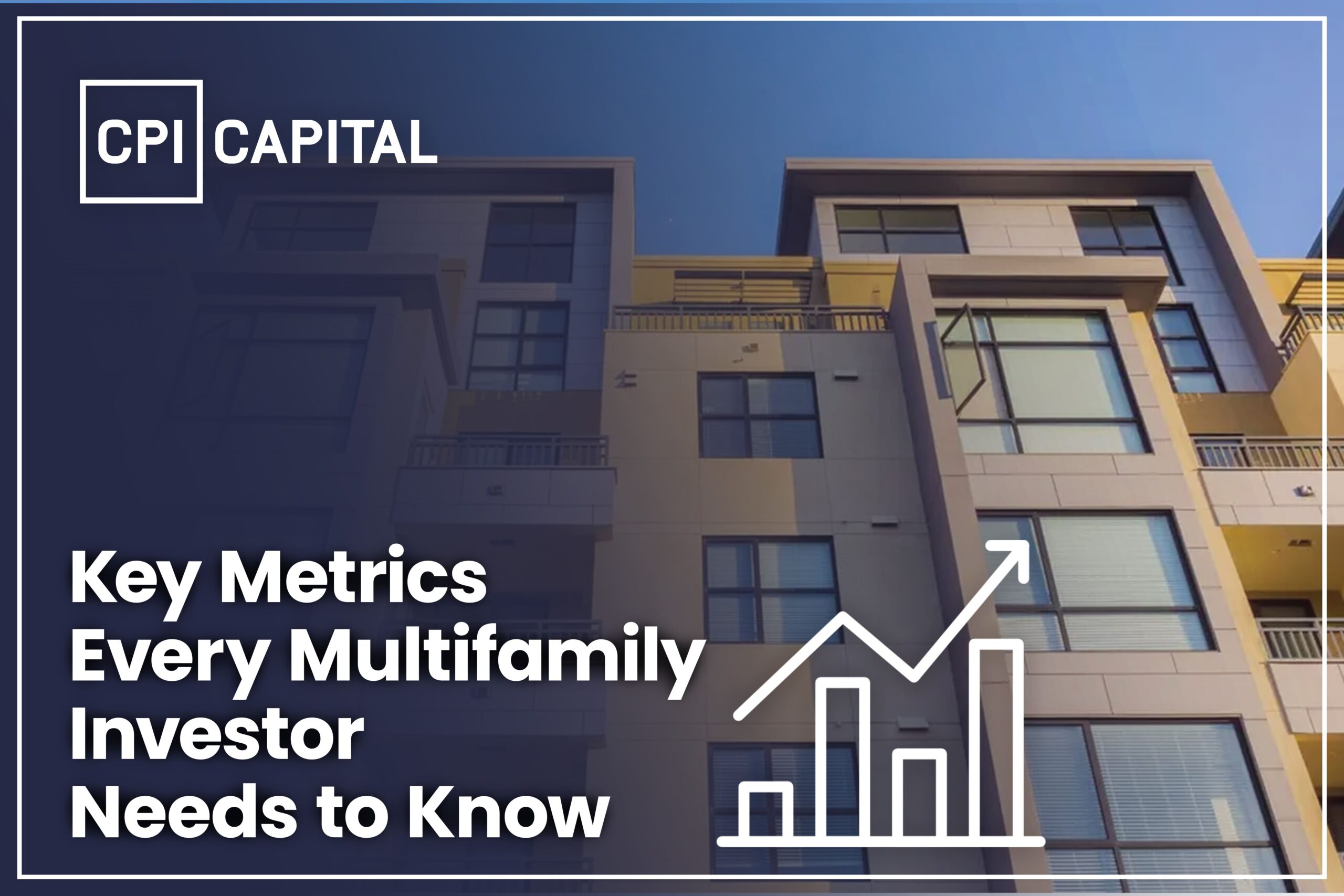
Dear valued investors and future investors,
CPI Capital’s weekly news briefing contains a mixture of updates, commentary and informative articles about the lucrative world of passive real estate investment.
If you are already a subscriber, thank you. If you are not, why not sign up to our newsletter now and keep right up to date with all you need to know about syndicated real estate investment?
This week we’re going to have a look at the way the US Federal Reserve is managing inflation and what this means for commercial real estate investments in multi-family and/or BTR-SFR properties going forward.
As most real estate investors already know, at its meeting in early November, the Fed raised overnight rates by 75 bps, lifting the Federal Funds Rate to a range of 3.75-4.00%, the highest since early 2008.
This move was no surprise and had largely been priced into the debt/financial markets. However, as is the norm, it is the supporting commentary which gives investors a better insight into the Fed’s policy goals and what commercial real estate investors can expect in terms of interest rate movements etc the coming 12-18 months of the real estate cycle.
So, let’s have a look at some of the key points which were discussed at the Fed’s press conference to get a better insight into where rates are headed and how real estate investors are likely to best position for an upturn once inflation is under control.
Three key points to emerge from the Fed’s press conference after rate hike
There will further be interest rate increases but probably not of the magnitude of the last one:
-
- a rate increase can be expected in December 2022 but more likely around 50 bps and not the 75 bps increase we have just seen (although the Fed Chairman did not completely rule one out);
- more rate increases are likely follow any hike in December, but these might be milder, but over a longer period, than originally expected;
- the peak of interest rate may accordingly be high than first anticipated;
- the Fed is aware of the time lag of the impact of increased rates on the economy/inflation control
The Fed is willing to let the US economy go into recession in order to tame inflation as this remains a top priority:
-
- controlling inflation will inevitably lead to a sustained period of below trend growth;
- this will eventually lead to a softening labour market which, overall, is very strong with signs of a labour shortages in certain industries;
- housed balance sheets are also strong and it may be necessary to allow or encourage job losses, thereby reducing spending in order to bring inflation down
Passive investors: do you know how to vet a real estate investment group before making an investment?
Download and read our FREE e-book: 25 Fundamental questions to ask a Syndication Sponsor before making your investment
There is still a chance of a soft-landing for the economy:
-
- the Fed won’t let up with rate rises until inflation is below 2% as it is its job to restore price stability so that the labour market benefits over time;
- however, there is still a chance of a soft-landing for the economy (as difficult as this may be), although the window to achieve this has narrowed.
What does all this mean?
At present the commercial real estate market has been facing challenges as rates have moved upwards so quickly. In a typical 90 day period from contract to closing, large uplifts in rates have been having an impact on underwriting figures and project returns.
However, slower smaller steps of interest rate rises are likely to offer some comfort to real estate investors and help stabilise the market in that they can price in smaller potential changes to their costs of funding and, ultimately, to investment returns—even though, over the next year or so, debt capital will still become more expensive.
The risk of a recession in 2023 is rising but Fed policy is aimed at mitigating the depth and duration of any such downturn.
Once the inflationary reduction targets have been met there is likely to be a new growth cycle in commercial real estate with multi-family apartments and BTR-SFR continuing to be in high demand.
CPI Capital has been in the real estate industry long enough to know that property markets move in regular cycles. If the Fed’s inflation containment strategy works and we see a peak of interest rates in early 2023, then we believe we need to be well positioned post-any recession to take advantage of the next phase of the growth cycle for multi-family and BTR-SFR investments.
In any event, we will continue to carefully analyse markets and manage our investment funding costs for the benefit of our passive investors!
Yours sincerely,
August Biniaz
CSO, COO, Co-Founder CPI Capital

Ready to build true wealth for your family?
It all starts with passive income. Apply to join the CPI Capital Investor Club.
Search
Recommended

The Sunk Cost Fallacy In Active Real Estate Investing: Embracing The Power of Multifamily Syndications
Dear valued existing investors and future investors, Welcome to this week's CPI Capital's news...

Key Metrics Every Multifamily Investor Needs to Know
Dear valued existing investors and future investors, Welcome once again to this week’s CPI...

A Beginner’s Blueprint to Multifamily Real Estate Investing
Dear valued existing investors and future investors, Welcome once again to this week’s CPI...


